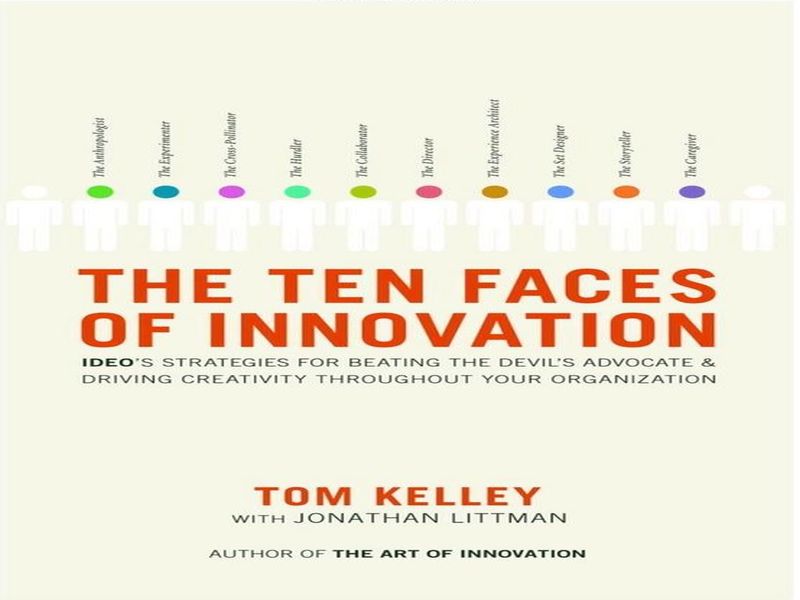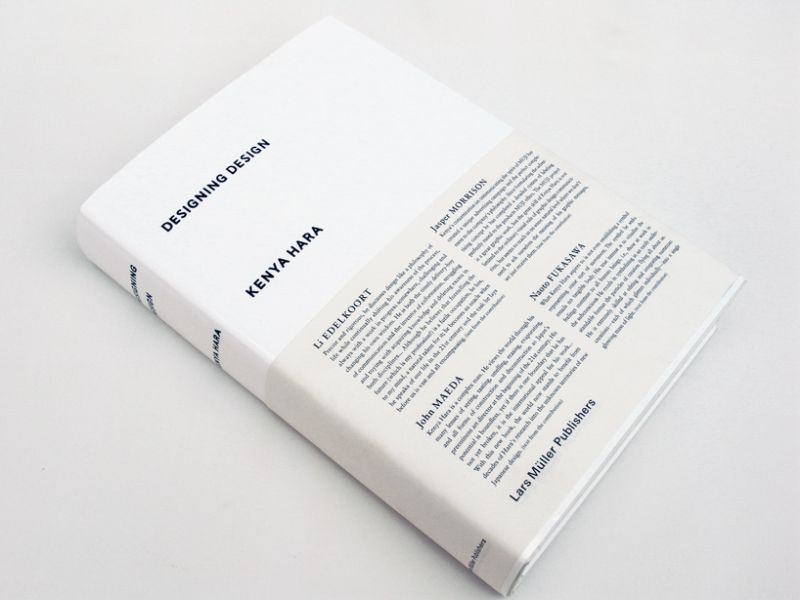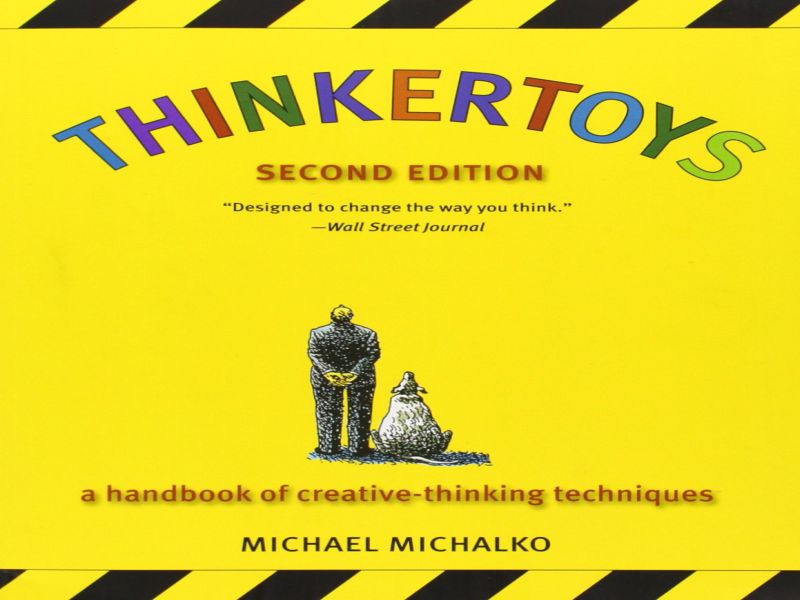There are certain design books which inspires and influences design decisions. They open your eyes to new aspects of design. These books might get you deeply involved in the world of design, making design your chosen field. Some books on design must be a part of your library, as the ideas contained in them cannot be grasped just at one reading. You will find that more is revealed to you as your design aesthetic grows, and you read them from a newer perspective. Read on to find out about a few books which every designer should read:
Le Corbusier’s Aircraft

Le Corbusier wrote this book in 1935, and this book has played a major role in influencing design since then. This singularly original book is presumably on aircraft design, but actually talks about the importance of technology in reshaping culture.
The Ten Faces of Innovation by Tom Kelley, Jonathan Littman

Tom Kelley reveals the design strategies of IDEO in this brilliant book. The design firm uses innovative ideas to foster original thinking in an organization. Ingenious and creative ideas can overcome naysayers, who are the cross every designer has to bear.
These naysayers can be found in every industry, who try to stifle creativity. In the guise of playing the devil’s advocate, some people can raise questions and issues which spells death for the creative process. This book presents clever ideas which every designer could use to silence naysayers and successfully see their innovative ideas being used.
Kelley also draws on the experience of managing IDEO for about 20 years and writes about ten roles which can be taken on by members of an organization, to counter the naysayer.
Designers can learn from the examples of IDEO’s design being incorporated into the design philosophy of companies like Cargill, Kraft, Samsung and so on, which led to the transformation of customer experience.
The Best Interface Is No Interface: The Simple Path to Brilliant Technology by Golden Krishna

We are ruled by digital technology- it has taken over aspect of our lives. We spend hours staring at screens, computer, tablet or our smartphone’s. The ping of our phones to let us know the latest Facebook, Instagram or Twitter update makes us leave everything to check and respond to it. There are apps we download especially for our needs.
This book by Golden Krishna challenges this digital world to which we are bound. His idea of building a technologically superior world without using digital interfaces makes his design philosophy unique.
His insightful yet entertaining criticism of the digital world reveals mesmerizing thought processes using just three principles that can lead to meaningful innovation.
Designing Design by Kenya Hara

Kenya Hara’s book is a tribute to his mentors who influenced him to use Japanese images and icons in his work. In this book, he emphasizes the importance of empty space in the philosophical and visual traditions of Japan. Designers can learn the use of “negative” space in design from Kenya Hara’s book.
Okala Practitioner: Integrating Ecological Design by Philip White, Louise St. Pierre, Steve Belletire

Okala Practitioner guides designers, business planners, engineers and students of all design disciplines about the methods of product design, which has a low impact on human and ecological health. This book is necessary for all designers as they are the ones responsible for the design of products which are mass produced, and eco-friendly designs are the need of the hour. The impact factors of 500 processes and materials used on electronic systems, softgoods, architecture and hard products have been mentioned in this book.
Thinkertoys: A Handbook of Creative-Thinking Techniques by Michael Michalko

When any great idea comes out, we’re often struck by its simple brilliance, and wonder why we didn’t think of it first? With this book, you can delve into your intuitive thinking processes away from the linear, and solve problems in an unconventional manner. The exercises given in this book can open up your creativity and lead you to the next ground-breaking idea. Maybe.
Every designer should read these books to gain insight about some thought provoking concepts in design, which would help them to come up with new and exciting designs of their own.


